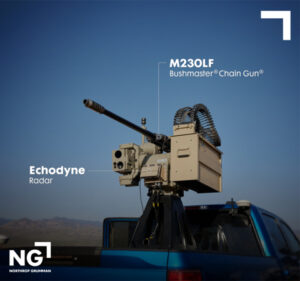
Echodyne on Monday said it has closed a $135 million fundraising round that it will use to expand its workforce in all areas, including sales and marketing, product development and manufacturing as it prepares for an expected uptick in growth for its radar products, which are low-cost, low-power and low-weight. The funding round was co-led by the United Kingdom-based investment firm Baillie Gifford, a new investor, and Bill Gates, an existing investor, and also includes Northrop Grumman [NOC], New Enterprise…

 By
By 











